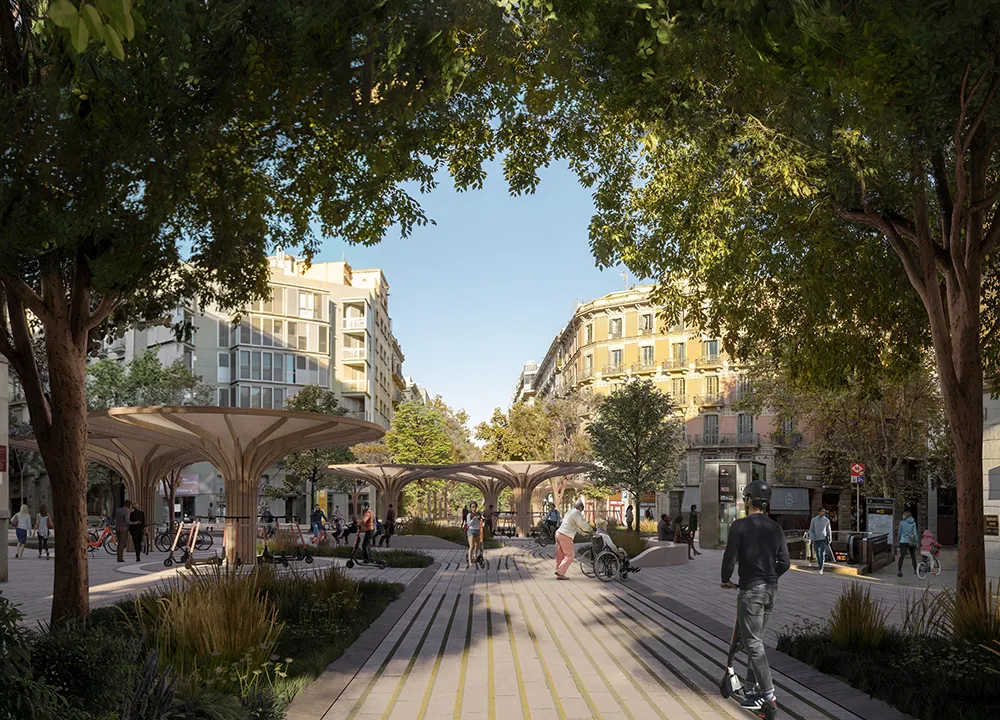Software and consulting group
"With rubber-banding, starting point and main activity as well as intermediate stops are connected with, metaphorically speaking, a rubber band," explains Dr.-Ing. Johannes Schlaich, director of PTV Visum Product Management and Services. "The stronger the rubber band, the more likely it is for example, that the shops in the activity chain Home-Work-Shopping-Home are situated on the route between home and work."
Other features include distributed computing which allows users to distribute scenarios across multiple computers in order to calculate them in parallel with one another. PTV Visum 14 makes it possible to use distributed computing outside the scenario management. Selected procedures such as private and public transport assignments and Visum calculations of different demand strata can now be calculated on different computers in parallel. Once completed, the results from the different computation nodes are automatically merged.
PTV Visum 14's public transport (PuT) timetable editor has been completely updated and now includes several requested functions, such as the ability to freely edit the stop sequence using a graphical editor. In addition, the new incremental PuT-importer ensures rapid importing and updating of PuT supply from one file version to another.
"The new PuT-importer does not only allow the transfer of PuT supply completely into a street and rail network, but also replaces or supplements existing elements of an existing PuT network," explains Schlaich. "This represents a huge reduction in the modeller's workload, particularly when it comes to regular timetable updates."
Introducing rubber-banding for transport planning
Software and consulting group PTV has launched a new version of its transport planning software, Visum 14, with major new functionality, including what the company calls ‘rubber-banding’, which enables users to realistically model spontaneous detours.
"With rubber-banding, starting point and main activity as well as intermediate stops are connected with, metaphorically speaking, a rubber band," explains Dr.-Ing. Johannes Schlaich, director of PTV Visum Product Management and Services. "The stronger the r
August 19, 2014
Read time: 2 mins










